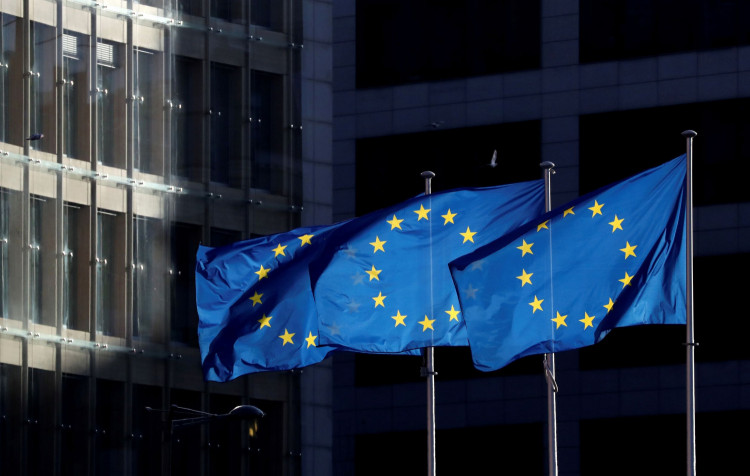The European Central Bank (ECB) announced its fourth interest rate cut of 2024 on Thursday, lowering its key deposit facility rate to 3% from 3.25%. This move confirms market expectations for a quarter-percentage-point reduction and underscores the central bank's commitment to supporting the eurozone economy as inflation continues to moderate. The deposit facility had stood at 4% as recently as September 2023, before the current easing cycle commenced in June 2024.
The ECB's decision reflects a delicate balancing act between managing inflation, which is nearing its 2% target, and addressing concerns about the eurozone's economic slowdown. While headline inflation has shown signs of cooling, policymakers remain vigilant about persistent service sector inflation and recent increases in negotiated wage growth.
In a significant shift in its communication, the ECB removed its previously stated commitment to "keep policy rates sufficiently restrictive for as long as necessary." This change was closely monitored by market participants and signals a potential shift towards a more accommodative monetary policy stance.
"The disinflation process is well on track," the central bank said in a statement on Thursday. This statement reinforces the ECB's confidence in its ability to bring inflation back to its target level.
Accompanying the rate cut, the ECB released updated macroeconomic projections, lowering its inflation forecast for 2024 to 2.4% from 2.5%. The outlook for 2025 was also revised downwards to 2.1% from 2.2%. These downward revisions suggest that the ECB anticipates further easing of inflationary pressures in the coming years.
Expectations for a larger 50 basis point cut had diminished in recent weeks, even with headline inflation approaching the ECB's target. Concerns about weakening growth indicators, particularly in major manufacturing economies like Germany, had also contributed to the anticipation of a more measured approach.
The ECB's decision to proceed with a fourth 25 basis point cut reflects its assessment of the current economic landscape. While inflation is trending downwards, the central bank remains cautious about potential risks, including persistent service sector inflation and wage pressures.
"Financing conditions are easing, as the Governing Council's recent interest rate cuts gradually make new borrowing less expensive for firms and households," the ECB said. "But they continue to be tight because monetary policy remains restrictive and past interest rate hikes are still transmitting to the outstanding stock of credit." This statement acknowledges the gradual impact of previous rate hikes and the ongoing transmission of monetary policy to the real economy.
In addition to the deposit facility rate, the ECB also lowered the rate at which it lends to banks for one week to 3.15% and for one day to 3.40%. While these facilities have seen limited use in recent years due to the ECB's extensive bond purchase programs and long-term loans, they may become more relevant as these programs wind down. The ECB confirmed on Thursday that it would cease bond purchases under its Pandemic Emergency Purchase Programme this month.






